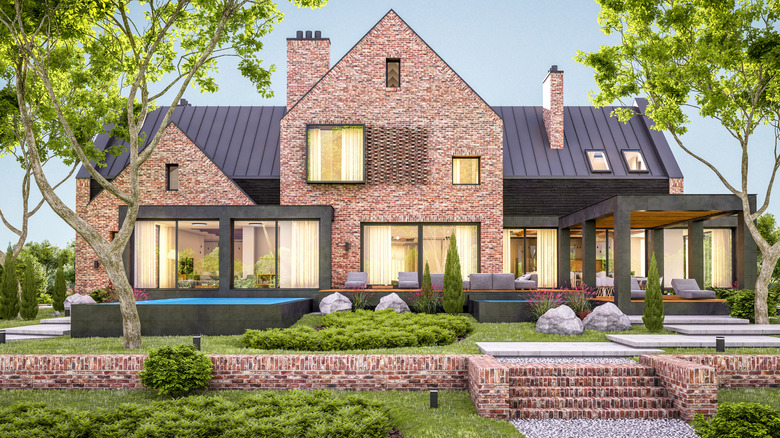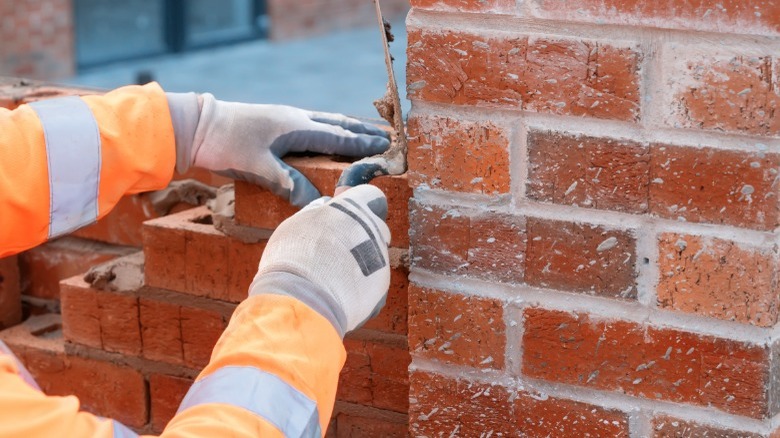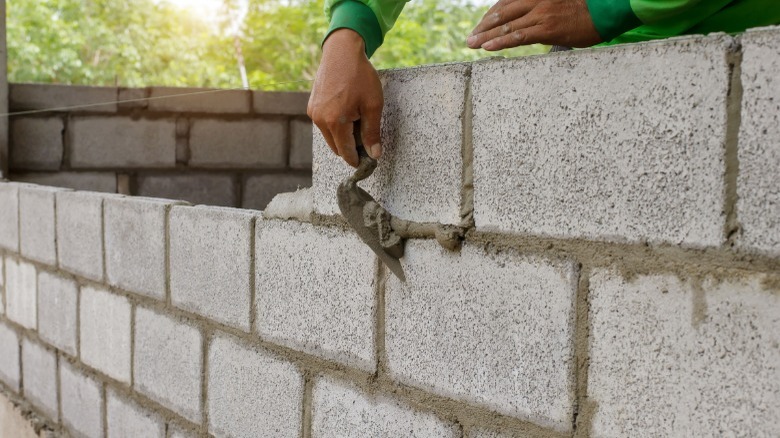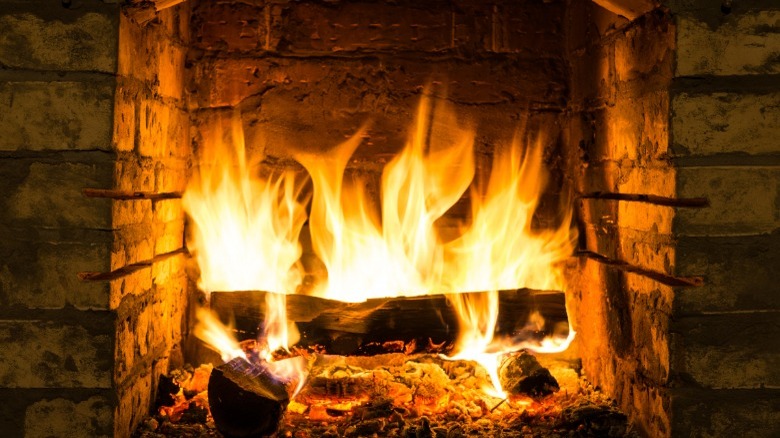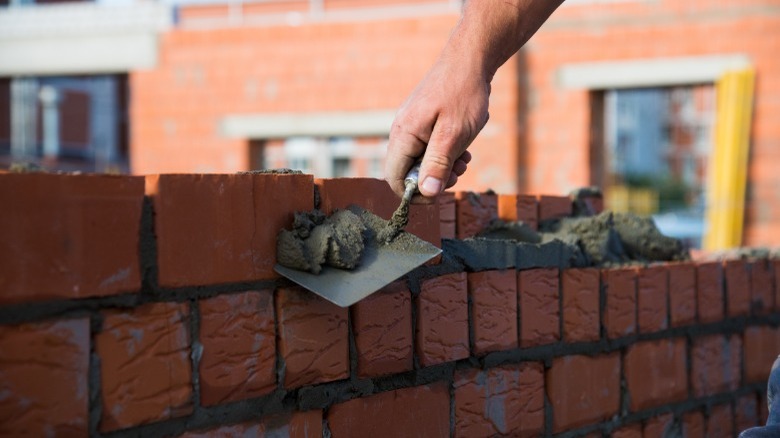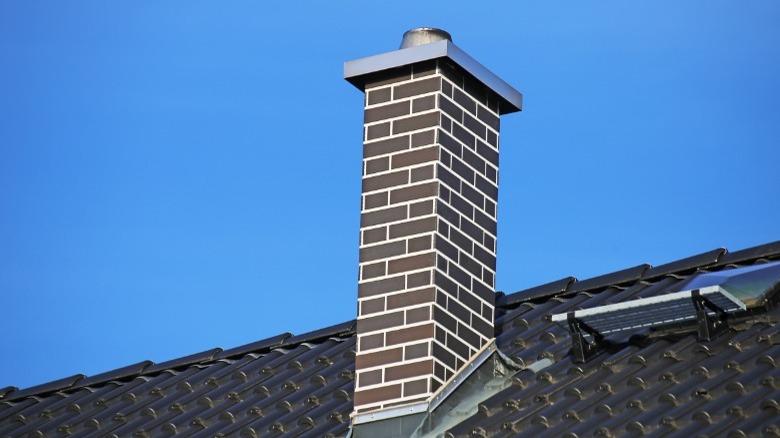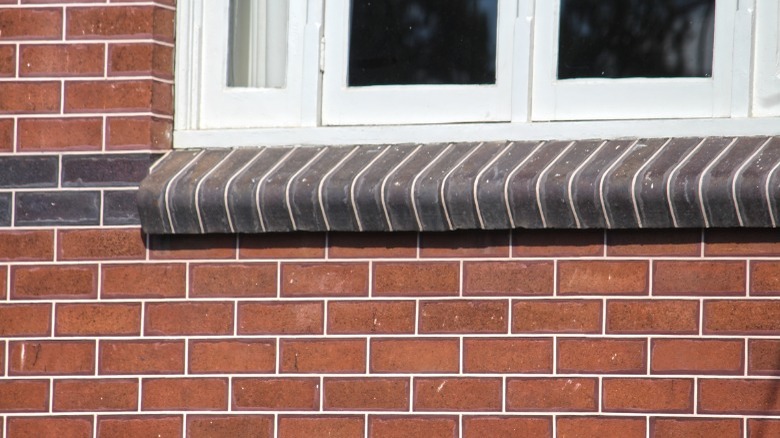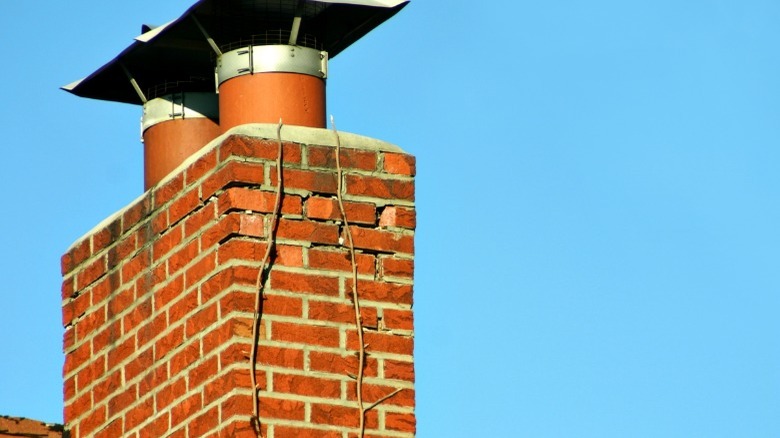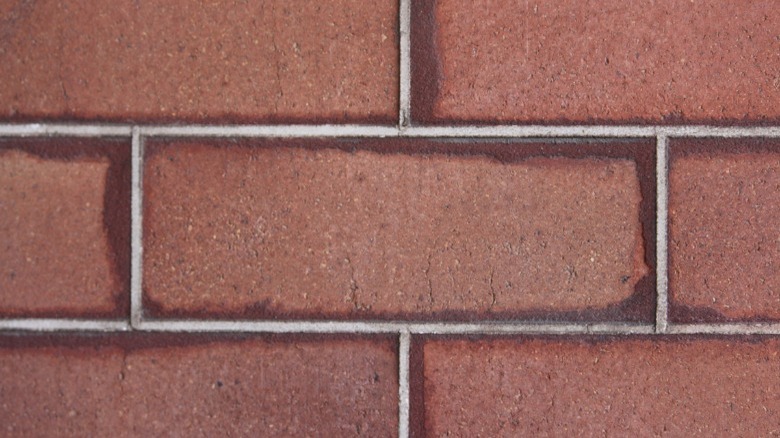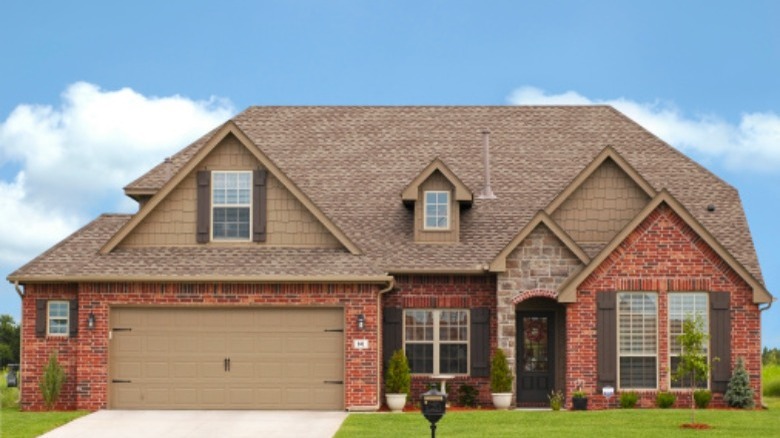What You Need To Know About Tuckpointing
Homes with brickwork, including chimneys, are typically some of the strongest and stateliest properties in the neighborhood. Many historic homes were made with brickwork, and they can last for centuries with proper care. Such care includes not allowing weeds or plants to infiltrate it, and sealing it to keep water and moisture damage at bay. In fact, the weather can be your masonry's worst enemy.
If your home or chimney has brickwork, you probably have some knowledge about tuckpointing, as it has to do with brick maintenance. In fact, it's one of the best options when your brick masonry needs more than just simple cleaning and weed removal. Over time and in weather conditions like heavy winds and rain, the mortar can deteriorate between the bricks. This goes for brick-and-mortar chimneys, as well. So what can be done to help restore your masonry when this happens? Great question, and one which we will attempt to answer here, in this intriguing post on what you need to know about tuckpointing.
What is tuckpointing?
First, let's talk about what tuckpointing is, exactly. According to U.S. News, when the mortar joints between the bricks of your house or chimney start to crumble and become damaged, the structural integrity of your home is at stake. Tuckpointing is removing and replacing the mortar, protecting and preserving its lifespan. It also helps prevent moisture from entering the house and the structure from weakening. It's important to note that although brick homes and chimneys are particularly strong, it's also due to this that they suffer more stress over time. Your brick home could easily outlive you, but only if you provide vigilant maintenance.
But that's not all the process entails. According to King Piers, tuckpointing involves a specific design that uses two mortar colors. The main color is typically matched closely to the existing bricks; then, a contrasting color is striped down the center of the joint. This extra line helps create the illusion that the joints are perfectly straight. Tuckpointing is common in historic homes, foundation repairs, chimneys, and fireplaces.
Who needs tuckpointing?
If you're spotting any holes or cracks in the mortar, you likely need tuckpointing, as per Ferguson Roofing. There are other things to look for, as well. For example, besides visible mortar damage, keep an eye out for pests that can nest and burrow in between the tiniest of cracks. If you bought a house with less-than-perfect prior workmanship, you might need to refresh the mortar with tuckpointing. Any loose bricks can also indicate the need for the procedure.
If you own a historic home with brick and mortar design, this will be part of keeping the house in good condition. If you have a brick fireplace or chimney, or problems with your foundation, you may need to talk to a professional when it begins to show damage. Other people who might need tuckpointing are those who live in or are landlords in New York City or Boston. People on the east coast, in general, see more homes made of brick. Additionally, if you have brick masonry in a beach or waterfront house, moisture and humidity can be particularly hard on these structures.
How often tuckpointing should be done
According to The Real Seal, tuckpointing should be done every 10 to 15 years. Some people can get away with not tuckpointing for up to 30 years, but this is not recommended. The average lifespan of mortar is 25 to 30 years, but if you live in a place with extreme weather or humidity, like on the waterfront, it may need mortar work sooner. How often you need to think about tuckpointing differs depending on multiple factors, many covered above.
Careful visual inspections are crucial for homeowners. But if you don't see any damage and suspect there could be, you might want to have a professional come and do an inspection. A mason can often spot problems like loosening bricks you may not see. Tuckpointing serves many purposes, but overall it's a preventative measure from potentially catastrophic structural damage. If you notice any problems, talk to a professional immediately.
What is spot tuckpointing?
According to Renaissance Development, another similar procedure is called spot tuckpointing. This is only minimal touch-up work done to keep the structure from more serious impending damage. Spot tuckpointing is sometimes done when water and storm damage is sustained and you need to fix a relatively small area. The other common reason for spot tuckpointing is budget restraints. For instance, when a homeowner is getting ready to sell their house but is limited on funds for extensive repairs. It's typically seen as only a temporary fix for a bigger project down the line. It's much the same as patching a leak on a weakened roof.
There are pretty significant reasons for avoiding this measure when possible. Although the immediate out-of-pocket cost may be less for spot tuckpointing, it really only creates a bigger problem to deal with later. If you continually use this process, it can cause more cracks from stress due to the new, harder material introduced. It can also cause spalling, where bricks begin to crumble or flake, typically caused by water damage. In this case, the new material can result in a lack of evaporation, causing spalling. Additionally, spot tuckpointing is not aesthetically pleasing. It looks like what it is; a patch job.
Tuckpointing vs. repointing
Repointing is another option you have similar to tuckpointing, via Turnbull Masonry. It costs less than tuckpointing, but is not as visually appealing. Tuckpointing uses two different mortar colors — one that matches the brick, and the other that creates a thin, contrasting line running through the middle of the joint. Repointing does not. Because of that, it can sometimes appear wavy and is not as crisp and sharp as tuckpointing.
But if you're on a strict budget, repointing might seem like a more attractive option. Tuckpointing costs $5 to $25 per square foot, whereas repointing costs from $3 to $15 (via HomeAdvisor). Their uses also differ slightly. Repointing is used exclusively for damage control, but tuckpointing is not. Repointing involves removing damaged mortar joints, filling them back in, and resealing them. While tuckpointing also includes filling damaged joints, it is also used for aesthetic purposes. This can include removing healthy joints and resealing an entire wall to refresh its look.
Both of these methods require a lot of labor and professional masonry service to complete. They can both get expensive, but both ways restore structural integrity and avoid more extensive damage in the future.
How is tuckpointing done and can you DIY?
Tuckpointing is possible to DIY, but it's not recommended unless you have bricklaying experience, via Waterproof Caulking. You might not do it correctly, ensuring the existing problem will continue to worsen, or you might damage the brick or not apply the mortar correctly. It's also time-consuming and physically challenging. First, you have to scrape out the old mortar — professionals typically use angle grinders, but you can also go old-school and use a hammer and chisel (via Angi). Either way, you have to take great care not to damage the bricks while chipping out the damaged mortar. Your goal is to chisel the mortar down to approximately ¾" deep.
The advice is to clean the bricks as you go, first brushing out the excess dust and debris with a stiff bristle brush, and then washing them with water. After this, you'll need to mix the mortar, fill the cracks, and tool the joints. To do this, you'll need special tools such as a mortar hawk, tuckpointer, pointing trowel, and a joint raker.
Other kinds of pointing
According to ConstructionOr, there are actually several other kinds of pointing. Beaded pointing involves a bead of steel applied in a groove with a concave edge between the joints, and looks beautiful but is hard to care for. There is also flush pointing, recessed pointing, rubbed pointing, vee pointing, and weathered pointing. Each type is unique and specific.
For example, weathered pointing (also called struck pointing) is typically used for finishing horizontal joints. It's specifically designed for places that get a lot of rain, so the water runs off better (via Sullivan Engineering). It's considered a modification of flush pointing — the most commonly used, least expensive, and easiest method of pointing in brickwork. The appearance isn't the most aesthetic, but the durability is excellent.
According to The Constructor, recessed pointing is another method used where the mortar is recessed by about 5 mm from the edges. V-grooved pointing is when a v-shaped tool is used to make a notch in the mortar shaped like the letter V. Most of these are just for different looks, and most aid in keeping water and moisture from seeping into the home.
What are the average costs?
According to Angi, tuckpointing costs between $5 and $25 per square foot. Most people pay from $500 to $2,500 for 100 square feet of tuckpointing, which includes materials and labor. If you're tuckpointing a chimney, you can expect to pay about $10 per square foot. For a 2,600 square-foot house, on average, it will have 2,000 square feet of tuckpointing needed. The cost of doing an entire house like this is anywhere between $10,000 and $50,000. But the interesting thing about the cost of tuckpointing is that it varies depending on some unusual factors.
According to Forbes, some things that affect the cost comes down to accessibility (like if there's a second story) and how difficult it is to get to the area and complete the task. Chimneys or dormers made of brick are examples of small but difficult jobs. If it's a historic home, they will often have to work with a historical society, which also drives the price up. Speak to a contractor who can give you a better estimate for the tuckpointing you're interested in having done.
Tuckpointing adds real estate value
By now, you probably realize that if you decide to have tuckpointing done, it will add aesthetic value to your home (per STL Brick Repair). It's not only a huge improvement to your curb appeal, but also helps insulate the home from pests and moisture and increases structural integrity. While there aren't any hard ROI numbers for tuckpointing, it signals that your house is well-maintained and that such a costly update won't be in the buyer's near future.
On the flip side, if you pushed tuckpointing off your maintenance list and your house now has crumbling mortar or gaps between the bricks, buyers might worry about the structural integrity of their potential purchase. They also might worry about potential water damage inside the basement since water often trickles in through these cracks, and whether some bricks are beginning to crumble.
When it comes time to sell your property, brick houses have the reputation of being solid. When the mortar has been properly maintained and tuckpointed, your home value will stay intact.
